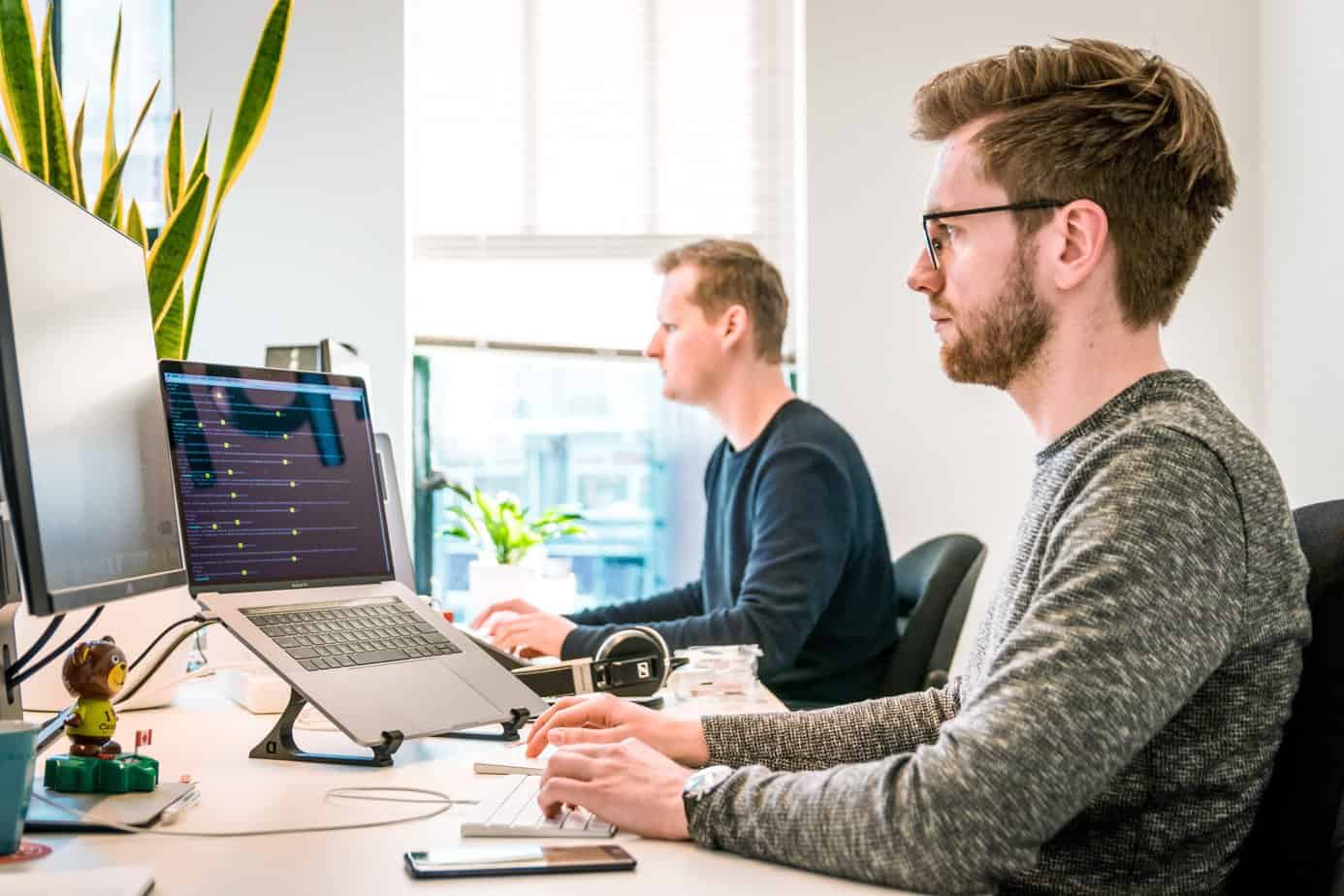
Running a successful online store is no easy feat. You need to stay on top of a lot of different elements and make sure everything runs smoothly. Thankfully, with the right tools and strategies, you can keep your online store running.
Choosing the right web developer for your online store is essential to ensure the smooth operation of your business. When selecting a web developer, you need to consider the specific needs of your online store, as well as the quality of their work. It is important to find a web developer who can provide reliable and quality services that meet your budget and timeline.
A good web developer should have experience with e-commerce platforms such as Shopify or Magento, understand user experience design and accessibility, and be able to deliver a solution that meets your goals. They should also have the technical skills necessary to create a secure and fast website.
One popular choice for businesses is Chop-Chop.org. This platform offers experienced web developers who specialize in creating high-quality websites for e-commerce stores. Their web developers have a broad range of experience with multiple programming languages, frameworks, and CMSs, which means they can easily adapt to different projects. Plus, their services are fast and reliable. With the help of Chop-Chop.org, businesses can rest assured that their website will be running smoothly in no time.
When it comes to making sure your online store runs smoothly, one of the most important aspects to consider is how you’re handling your images. The larger the image size, the longer it will take for it to load, which can significantly slow down the loading times of your website. Additionally, having large images will also take up more server space.
The first step in optimizing your images is to resize them and save them in a web-friendly format. This means they should be no bigger than necessary, and typically no larger than 1000px wide. JPEG and PNG formats are usually the best file formats for web images. You can also compress your images using tools like TinyJPG or JPEGmini to further reduce their file size.
You can lazy load your images, which will only load them when they appear in the browser viewport. This can help improve page load speeds since not all of your images will have to load all at once. You can also include small thumbnails that link to the original high-resolution version. This way, visitors won’t have to download the full-sized image unless they choose to view it. By optimizing your images, you ensure that your online store runs as smoothly. This will help keep your visitors happy and make sure they have a positive experience on your website.
Main photo: Tim van der Kuip/unsplash.com
Sponsored text